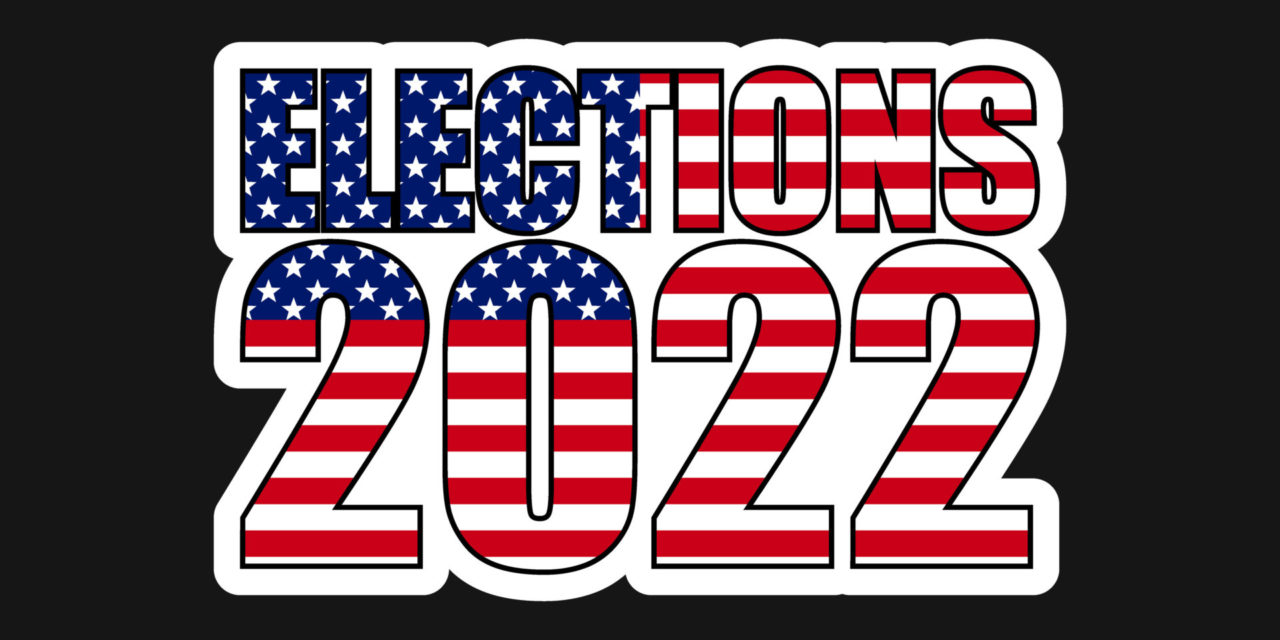Five individual bond referendums are on the ballot for the Tuesday, July 26 election. In all they total $135 million.
According to the City of Greensboro website, there is still $45.3 million unspent of the $127.6 million in 2016 bonds.
The city also received $59.4 million in American Rescue Plan funds over and above what was needed to cover the city’s COVID-19 costs. The City Council periodically discusses spending some of this unexpected largess, but the vast majority has not been allocated or spent.
Unlike bonds, which have to be repaid with interest, the ARP funds are a grant from the federal government that does not have to be repaid. There is $12 million in the current bloated budget to start repaying the bonds that haven’t even passed.
Councilmember Justin Outling said that the City Council should reconsider the bond referendums, since some of the projects could be paid for with ARP funds, but the majority of the council didn’t agree, and even Outling voted to put the bonds on the ballot.
Most of the discussion by the City Council on the bonds centered around how high the total could go without an additional tax increase, not what was needed.
If the bonds don’t pass, the City Council may consider using the majority of the ARP money on meaningful projects rather than allocating it to favored nonprofit and private for-profit organizations, which is what the City Council is currently considering.
The main push to put the bond referendum on the ballot was for the $70 million parks and recreation bond, and the vast majority of that money is for one project. While the City Council can spend the bond money on anything covered by the one paragraph description on the ballot, the City Council has said that it intends to spend at least $50 million of the parks and recreation bond to combine the Vance Chavis Library and the Windsor Recreation Center into one facility. The estimated cost of that project in 2021 was $70 million, but with the rising cost of construction and the way the cost of government projects grow, it is likely that the total cost will be in the $90 million to $100 million range. It has the potential to be a huge boondoggle.
If you eliminate the $70 million parks and recreation bond from the package, you have $65 million in bonds, which could almost be paid for with the $59.4 million in ARP money instead of borrowed money.
The other bonds are $30 million in housing bonds, $14 million in firefighting bonds, $6 million in law enforcement bonds, and $15 million in transportation bonds.
The City Council didn’t spend much time on discussing the projects that would be funded with these bonds and added the law enforcement or police bonds to make it look like they were not ignoring the Police Department.
The $15 million in transportation bonds were added because Councilmember Marikay Abuzuaiter explained to her fellow councilmembers that the federal government paid 80 percent of the cost of most street projects, but that the city had to have a 20 percent match to qualify for the federal money.
With the housing bonds the City Council has talked about raising the amount of assistance for first time homebuyers as well as raising the income level to qualify currently set at $79,000 as well as building more affordable housing.
With so much money available, it’s difficult to see any real need for the bonds and there has been little effort to explain that need to the voters.
Vote “No” on each of the five bonds.


MORE wasteful spending by an out of touch city council. How arrogant to add money in the present budget for bonds that have not even been passed by the voters. This council is out of touch and out of control socialist spending that the tax payer can ill afford to spend.
VOTE FOR CHANGE ! VOTE FOR CHRIS MEADOWS ( write in mayor), Katie Rossabi, Thurston Reeder & Tony Wilkins.
With this low turnout, your vote counts for a lot. Just do it.
The weekly Member Minute email from the Greensboro Science Center states “City Council has agreed to allocate $20M of the $70M bond to the GSC for our 10-year strategic vision.”
Can this be verified?
Slight of hand, and mouths, of those on the council who want our money so they can give it away to their proponents. See how this works?
Slight of hand, and mouths, of those on the council who want our money so they can give it away to their proponents.
Once again, the “posting police” at the Rhino are accusing me of posting duplicates, but my posts are NOT duplicates. I think this is one way of controlling the so-called free speech on their site.
I was wanting to say the council has a slight of hand when it comes to our money so they can give it away to their favored community groups, some of whom are on the council.
oops